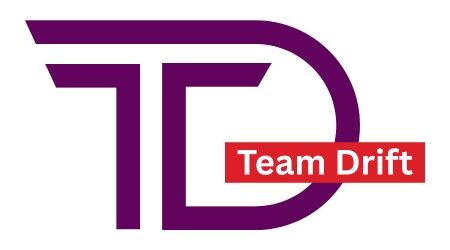The IRS has officially begun rolling out a $2,939 direct deposit payment in July 2025 as part of its expanded relief and support measures for eligible Americans. Designed to provide financial relief to those facing rising living costs, this substantial one-time deposit is being issued to individuals and families meeting specific income and benefit criteria.
Whether you’re a tax filer, a parent, a senior, or receiving federal benefits, here’s a full breakdown of who qualifies, when payments will arrive, and how to ensure you don’t miss out.
What Is the $2,939 Direct Deposit?
The $2,939 payment is a federal relief payout administered by the IRS in July 2025. It is part of a targeted stimulus strategy to assist individuals who qualify under existing tax and benefit programs, including the Earned Income Tax Credit (EITC), Child Tax Credit (CTC), and Social Security-related benefits.
Rather than a universal stimulus check, this payment is designed to support low- and middle-income households, with amounts adjusted based on income, dependents, and filing status.
Why Is the IRS Issuing This Payment?
The purpose of the $2,939 payout is to provide immediate cash relief to people who have:
- Experienced increased household expenses in 2025
- Qualify for key refundable tax credits
- Not yet received their full tax refund or advance payments
- Been impacted by inflation, housing costs, or medical bills
This payment consolidates several credits owed to taxpayers or benefit recipients into a single direct deposit for speed and convenience.
Who Is Eligible for the $2,939 Payment?
Eligibility is based on your 2023 tax return, benefits status, and income level. You may qualify for the full or partial payment if you meet the following conditions:
- You are a U.S. citizen or permanent resident with a valid Social Security Number
- You filed a 2023 federal tax return by April 2025
- Your Adjusted Gross Income (AGI) is less than:
- $75,000 (single)
- $112,500 (head of household)
- $150,000 (married filing jointly)
- You qualify for at least one of these:
- Earned Income Tax Credit (EITC)
- Child Tax Credit (CTC)
- Additional Child Tax Credit (ACTC)
- Social Security or VA benefits (non-tax filers may be eligible)
Households with dependents may receive higher amounts, while higher earners may see reduced or no payouts.
When Will the $2,939 Be Deposited?
The IRS has scheduled payment disbursements to begin July 15, 2025 for the first batch of recipients, with more rounds continuing throughout July and early August.
Here’s a rough timeline:
- July 15–22: Tax filers with direct deposit info on file
- July 22–31: Social Security and VA recipients
- August 1–10: Paper checks and debit cards
You’ll receive a notification by email, SMS, or mail once your payment is processed.
How Will the Money Be Delivered?
The IRS is using the fastest available method to get the money to recipients:
- Direct deposit to bank accounts on file with the IRS or SSA
- Paper checks mailed to the last known address
- EIP prepaid debit cards in select cases without bank info
To ensure smooth delivery, check that your address and bank details are up to date via the IRS website or your Social Security online account.
Do You Need to Apply?
Most eligible individuals do not need to apply separately. If you:
- Filed a 2023 tax return
- Received the Earned Income or Child Tax Credit
- Get federal benefits like Social Security, SSDI, SSI, or VA
- Were eligible for advance tax payments but haven’t received them
Then you’ll automatically be assessed for the payment.
However, if you didn’t file a tax return and don’t receive federal benefits, you may need to submit your information using the IRS Non-Filer Portal, which will reopen in July.
How to Check Your Payment Status
The IRS will activate its “Get My Payment” tool starting July 10, 2025. Through this online portal, you’ll be able to:
- Check your payment status
- Confirm eligibility
- View the expected deposit or mailing date
- Update bank account or mailing address
This tool will be available on IRS.gov and updated daily once payments begin.
What If You Didn’t File Taxes in 2023?
You can still receive the payment by:
- Filing a simplified 2023 return as soon as possible
- Using the IRS Non-Filer Tool if you’re not required to file
- Claiming any missed credits such as EITC or Child Tax Credit
Filing now ensures you not only qualify for the $2,939 but also receive any other unpaid federal benefits.
Will This Affect My Other Government Benefits?
The $2,939 direct deposit is classified as a tax credit refund, not regular income. That means:
- It will not count toward income limits for Medicaid, SNAP, or housing assistance
- It won’t affect your eligibility for Social Security or disability benefits
- You won’t be taxed on this payment
It is fully exempt from federal tax withholding and state benefit calculations.
Why This Payment Matters in 2025
For many working families and individuals, this $2,939 payment arrives at a critical time. Whether it’s catching up on rent, paying off bills, buying groceries, or building a safety cushion — this relief serves as a financial boost amid persistent inflation and economic pressure.
The IRS is prioritizing fast, automated disbursement and digital communication to ensure no eligible person is left behind. If you think you qualify and haven’t received your payment by early August, use the IRS portal to follow up.

